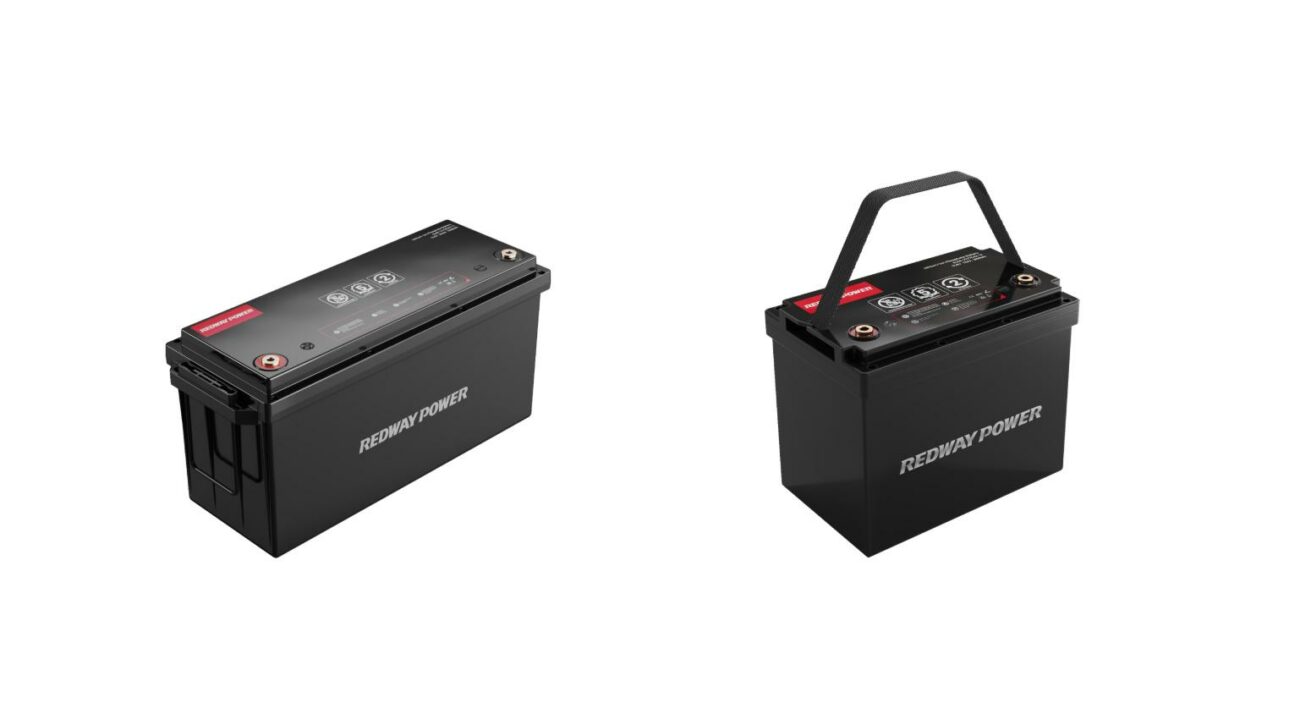What Is Interstate?
Interstate is a leading U.S. battery manufacturer specializing in automotive and deep-cycle batteries. Known for reliability and durability, their products power cars, trucks, RVs, and marine applications. Using AGM (Absorbent Glass Mat) and flooded lead-acid technologies, Interstate batteries prioritize cold-cranking amps (CCA) for ignition and reserve capacity (RC) for sustained power. Pro Tip: Store batteries at 50% charge in cool, dry environments to prevent sulfation.
What defines Interstate’s core product lineup?
Interstate’s core products include automotive starting batteries and deep-cycle batteries, with AGM variants for high-demand applications. Their MTZ series offers spill-proof designs for marine/RVs, while the Mega-Tron Plus emphasizes high CCA for cold climates. Snippet: Built with AGM technology and enhanced cycle life, these batteries resist vibration and support frequent deep discharges.
Interstate’s automotive batteries prioritize cold-cranking amps (CCA)—typically 500–900A—to start engines in subzero temperatures. Deep-cycle models, like the GC2 series, provide 200+ Ah capacity for trolling motors or solar setups. AGM variants use fiberglass mats to immobilize electrolytes, reducing leakage risks in off-road vehicles. Pro Tip: Always match CCA ratings to your vehicle’s OEM specs—underpowered units strain alternators. For example, the Interstate MTZ-34M marine battery delivers 1000 MCA (Marine Cranking Amps) and 160Ah, ideal for dual-purpose starting and trolling. However, AGM batteries require voltage-regulated chargers (13.8–14.7V) to avoid overcharging. But what if you install a deep-cycle battery in a standard car? While feasible, its thinner plates degrade faster under frequent engine starts.
| Battery Type | CCA Range | Primary Use |
|---|---|---|
| Automotive | 500–900A | Engine ignition |
| Deep-Cycle | N/A | Sustained power (RVs, solar) |
| AGM | 600–1000A | Marine/off-road |
How do Interstate AGM batteries differ from flooded models?
Interstate AGM batteries replace liquid electrolytes with absorbent glass mats, enabling maintenance-free operation and spill-proof durability. Flooded models require periodic water refills but cost 30% less upfront. Snippet: AGM excels in vibration resistance and faster recharging, while flooded suits budget-conscious users with stable power needs.
AGM batteries, like Interstate’s MTZ series, immobilize sulfuric acid in fiberglass mats, allowing installation at odd angles—critical for marine applications. They recharge 2x faster than flooded units and withstand 2–3x more charge cycles. Flooded batteries, such as the Interstate Lead-Acid 24M, need bi-annual water top-ups but offer 500–700 CCA at lower costs. Pro Tip: AGM’s low internal resistance (3–5mΩ) pairs well with solar charge controllers for efficient energy harvesting. For instance, an Interstate AGM-31T powers winches in Jeeps, enduring rough terrains without acid spills. But why choose flooded? If your RV sits unused for months, flooded batteries handle long-term storage better when kept charged. Warning: Overcharging AGM batteries beyond 14.7V causes gas venting and permanent capacity loss.
What’s the difference between automotive and deep-cycle batteries?
Automotive batteries deliver short, high-current bursts (CCA) for ignition, while deep-cycle variants provide steady, lower current (Ah capacity) for prolonged use. Snippet: Thin plates in automotive units optimize surface area for quick discharge, whereas thick plates in deep-cycle models endure repeated 50% depth-of-discharge (DoD).
Automotive batteries, like Interstate’s Mega-Tron Plus, use lead-calcium grids for high surface-area thin plates (1.5–2mm), releasing 500–900A in 3–5 seconds. Deep-cycle batteries, such as the GC2-XHD, have thick plates (4–6mm) for 200+ cycles at 50% DoD. Pro Tip: Avoid using automotive batteries for inverters—their plates warp under sustained loads. For example, running a 1000W RV inverter for 2 hours requires a 200Ah deep-cycle battery; an automotive unit might fail after 30 minutes. Moreover, automotive batteries lose 80% capacity at 50% DoD, while deep-cycle retains 70% after 500 cycles. But what if you need both starting and deep cycling? Interstate’s Dual-Purpose AGM (e.g., DCM0035) merges 800 CCA with 120Ah capacity, ideal for boats.
| Parameter | Automotive | Deep-Cycle |
|---|---|---|
| Plate Thickness | 1.5–2mm | 4–6mm |
| Typical Cycles | 50–100 | 200–500 |
| Optimal DoD | 20% | 50% |
How does Interstate ensure battery longevity?
Interstate uses corrosion-resistant alloys and pressure-tested cases to extend lifespan. Their AGM batteries achieve 500+ cycles at 50% DoD, while flooded models last 3–5 years with proper maintenance. Snippet: Advanced grid designs minimize sulfation, and automated assembly ensures consistent plate spacing for reduced internal resistance.
Interstate’s Dura-Bond grid technology mixes lead with calcium and tin, slowing corrosion by 40% compared to standard alloys. Cases undergo 15 PSI pressure tests to prevent bulging during gas venting. Pro Tip: Clean terminal corrosion quarterly with baking soda paste—accumulation increases resistance, lowering voltage. For example, the Interstate MT-7 tractor battery lasts 8+ years in moderate climates due to its sealed lead-acid design. Practically speaking, storing batteries below 80°F (27°C) slows self-discharge from 5%/month to 2%. But what if a battery freezes? Fully charged units withstand -40°F; discharged ones crack at 20°F. Always maintain 12.4V+ in storage.
Battery Expert Insight
FAQs
Yes—most automotive batteries have a 3-year free replacement, while deep-cycle AGM units include a 2-year full warranty. Pro-rated coverage extends up to 8 years.
Can I replace my car battery with a deep-cycle model?
Not advised—deep-cycle batteries lack sufficient CCA for reliable ignition. Use dual-purpose AGM if combining starting and accessory power.
Are Interstate AGM batteries compatible with solar chargers?
Yes, but ensure charge controllers support AGM voltage profiles (absorption: 14.4–14.7V, float: 13.6–13.8V). MPPT controllers optimize energy harvest.


Add a review
Your email address will not be published. Required fields are marked *
You must be logged in to post a comment.